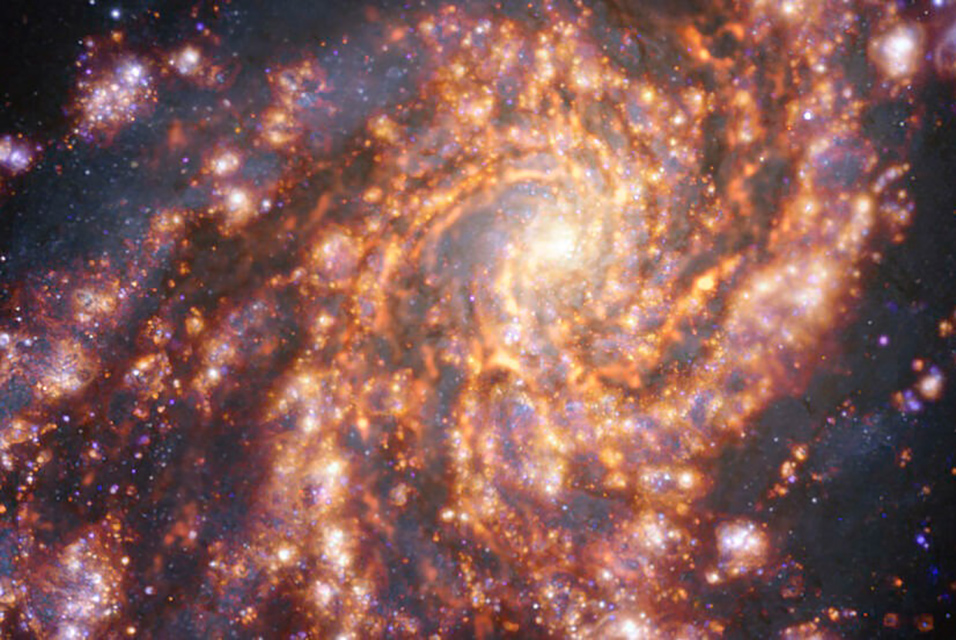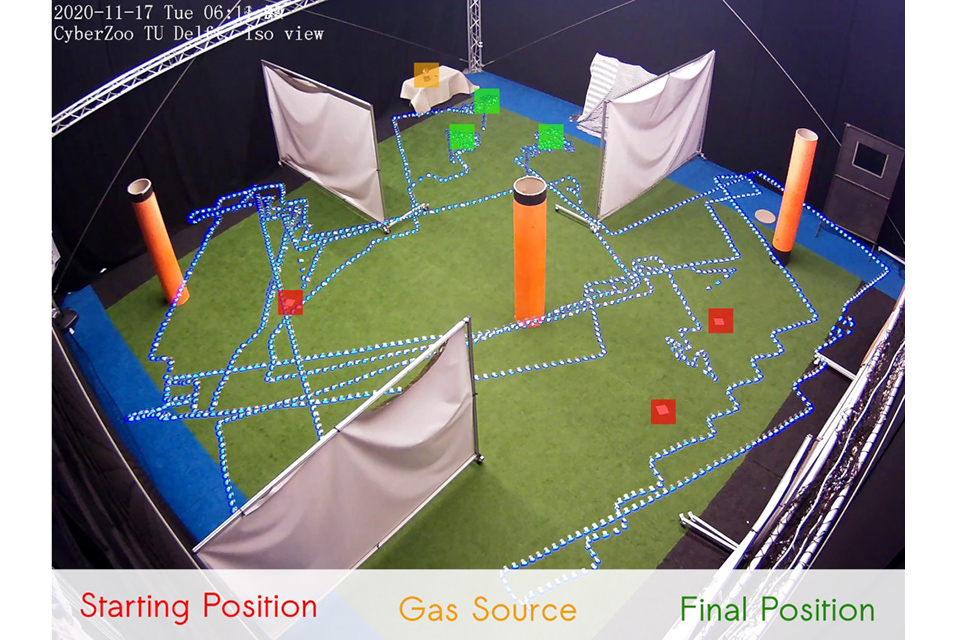PARIS (AFP).- Imagine multi-coloured pinwheel fireworks, but on a galactic scale.
That is exactly what images of baby stars that European astronomers released Friday look like.
Taken from nearby galaxies by the European Southern Observatory's Very Large Telescope, images of the swirls of light have allowed astronomers to pinpoint the locations of young stars with new precision, along with the warming gas crucial to their formation.
Scientists have long known that stars are born in clouds of gas, but what exactly what triggers star formation -- and how galaxies as a whole fit in to the picture -- remains largely unknown.
"For the first time, we are resolving individual units of star formation over a wide range of locations and environments in a sample that well represents different types of galaxies," said Eric Emsellem, an ESO astronomer.
"We can directly observe the gas that gives birth to stars, we see the young stars themselves, and we witness their evolution through various phases."
Emsellem and his team used the Multi-Unit Spectroscopic Explorer (MUSE) in conjunction with the ESO's Very Large Telescope in Chile's Atacama Desert to trace the newborn stars as they illuminate and heat up surrounding gases.
By combining MUSE images with data from an array of 66 radio telescopes, also in the Chilean desert, astronomers will gain insights into the stellar nurseries of our neighbouring galaxies.
"There are many mysteries we want to unravel," Kathryn Kreckel from the University of Heidelberg, said in a statement.
"Are stars more often born in specific regions of their host galaxies? If so, why? And after stars are born, how does their evolution influence the formation of new generations of stars?"
The news images -- from 19 galaxies some five to 60 million light years from Earth -- will help answer these questions, she said.
MUSE collects spectra -- like "bar codes" that allow astronomers to unveil the properties and nature of cosmic objects -- at every single location within its field of view, thus providing much richer information than traditional instruments.
The ESO is an intergovernmental astronomy organisation in Europe and the world's most productive ground-based astronomical observatory.
© Agence France-Presse










